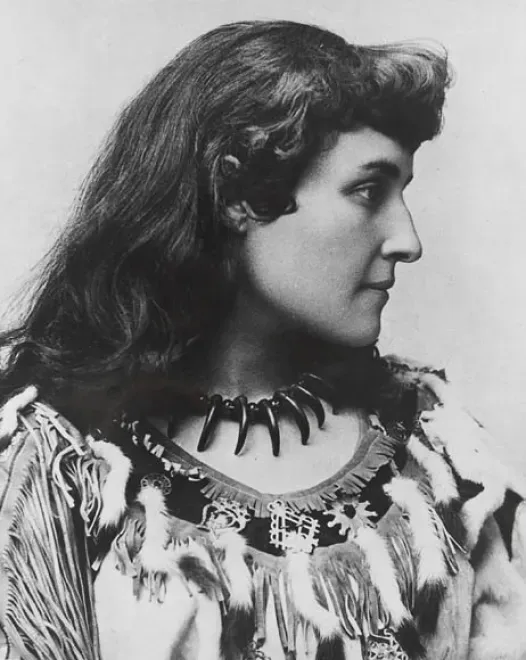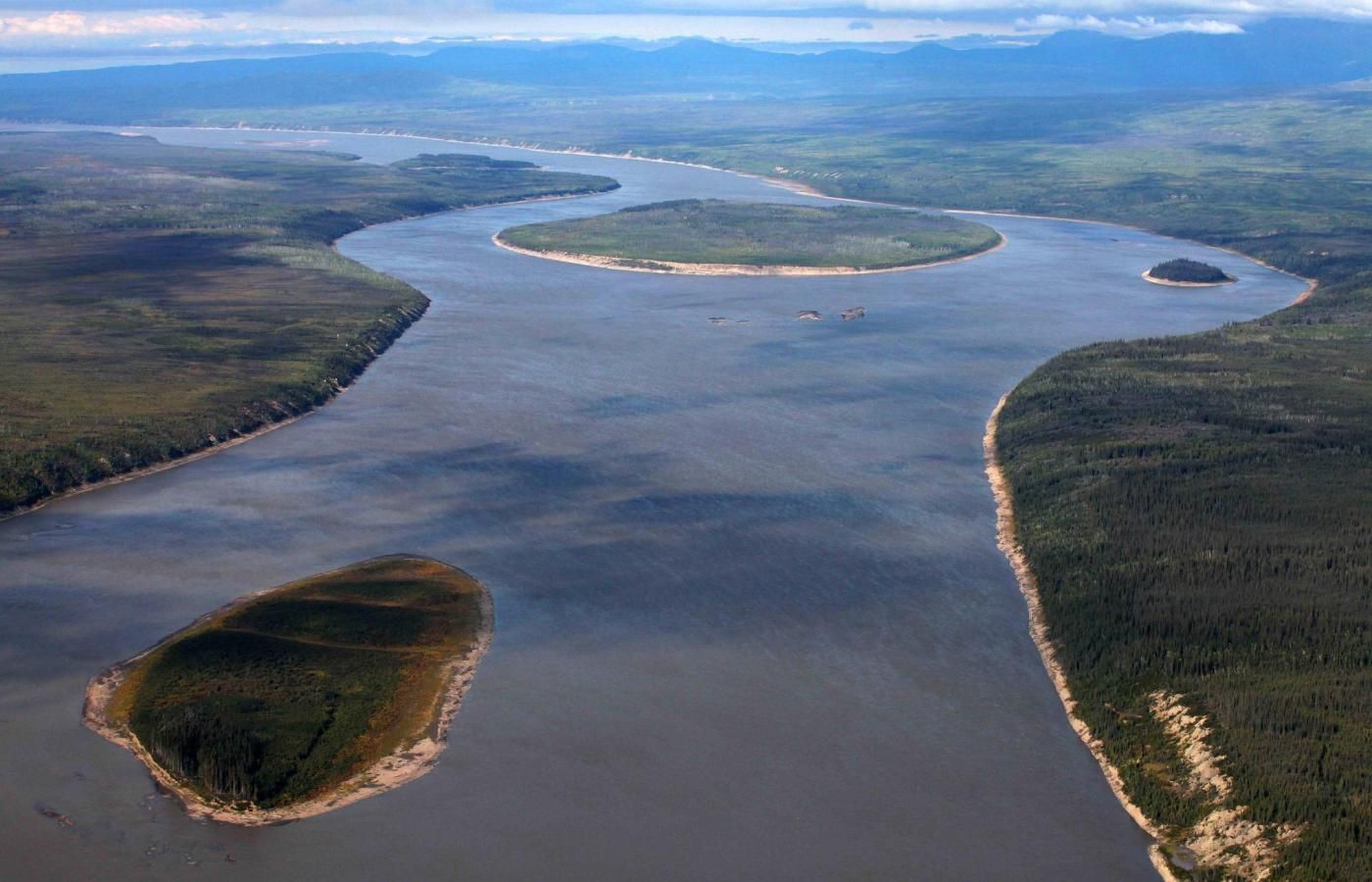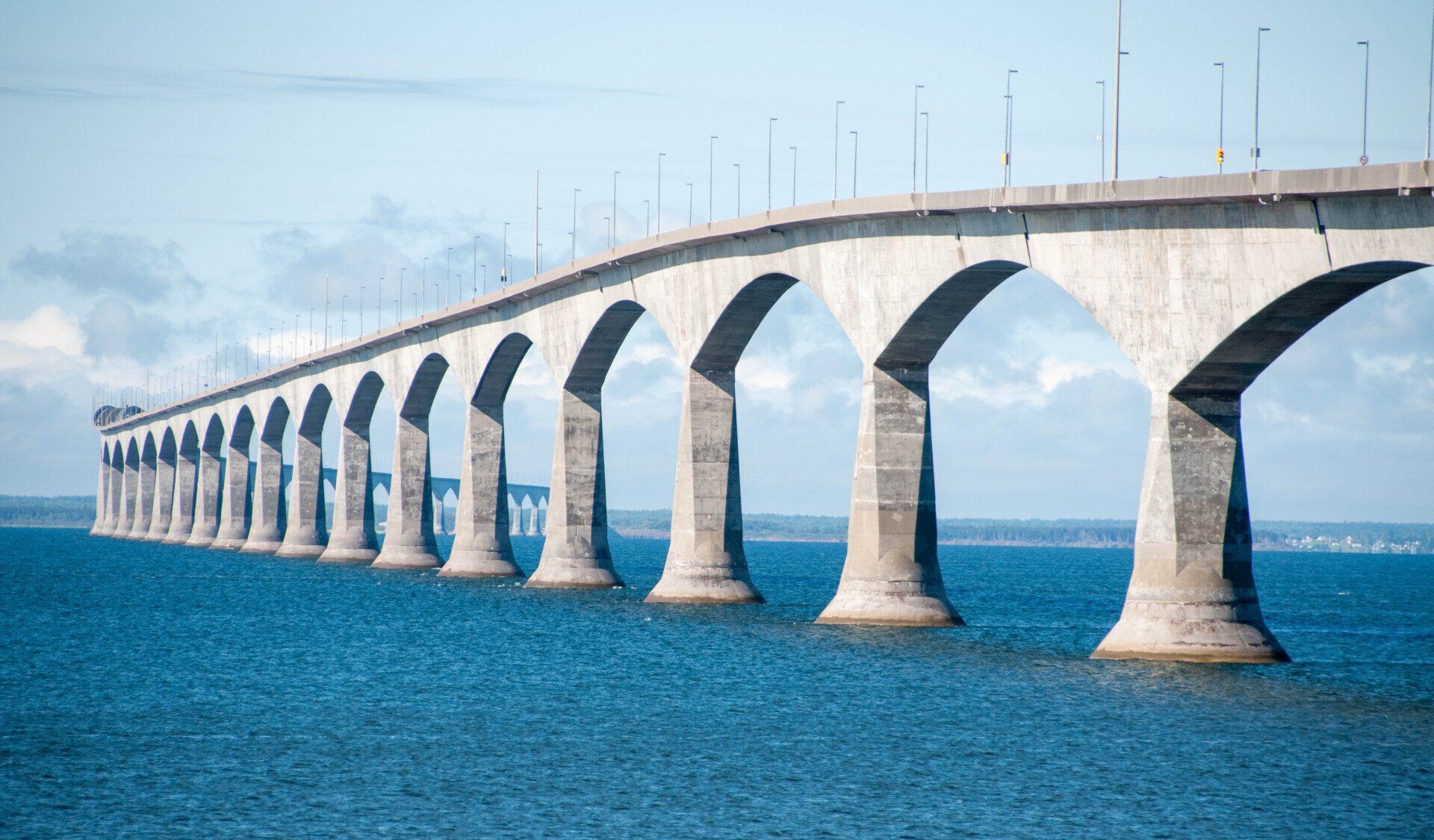A Famous Canadian Citizen: Pauline Johnson
Emily Pauline Johnson was an author and remarkable stage performer who contributed significantly to Indigenous and Canadian oral and written culture.

All blog articles reference persons and/or historic sites and events that are cited in the Discover Canada Study Guide and include relevant information necessary for Canadian Citizenship test preparation.
Pauline Johnson’s Early Life:
Johnson was born March 10, 1861, on the Six Nations Reserve, Upper Canada. She was the youngest of four children. Her father, George Henry Martin Johnson, was a Mohawk Chief who had served as an interpreter for the Anglican Mission. Her mother, Emily Susanna Howells, was born in England to a middle-class family who were known for their interest in the literary arts. The Howell family immigrated to the United States when Emily was a small child. Emily met George while visiting her sister on a mission to the Mohawk territory. They were married in 1853.
Johnson had a privileged childhood. Her father built the family an imposing house in Chiefswood, where her mother emphasized refinement and decorum and practiced the English manner of hospitality. Johnson was well versed in elegant manners and developed an aristocratic air which she practiced throughout her lifetime.
Her father also practiced European values and spoke English, French, German and the languages of the Six Nations Confederacy. He wore typical Canadian dress except for ceremonial occasions. George served as an interpreter and cultural negotiator between the Mohawk, the British and the Government of Canada. His stature and reputation attracted such distinguished guests to their home as the Marquess of Lorne and Princess Louise, Prince Arthur, Lord Dufferin, and many more.
Johnson’s Education:
Johnson was tutored at home by her mother, but eventually attended the reserve school for two years and then Brantford Collegiate Institution from age 14 to 16. She was proud of her Mohawk roots and was well versed in Mohawk culture. She saw herself primarily as “Indian.”
She was well read in English literature, primarily Browning, Scott, Byron, and Tennyson. Part of her education involved performing in amateur theatricals, at which she excelled.
Johnson learned much about her Mohawk ancestry from her paternal grandfather, Chief John Smoke Johnson. He told her many Mohawk stories in dramatic fashion and inspired her work as a poet. Over the years, she used a number of cultural artifacts in her performances, including wampum belts and masks that she had learned about from her grandfather.
Life Suddenly Changes for Johnson:
Her life of privilege as she had become accustomed to changed dramatically when her father passed away in 1884. Her family was unable to afford living in their large home in Chiefswood, and instead moved into rented quarters in Brantford. Johnson was 23 years old and did not have the prospect of marriage on the horizon. Instead she began to look to writing as a means of supporting her mother and sister.
Johnson’s Career:
She was able to publish several poems and began to sign her works as both E. Pauline Johnson and also Tekahionwake, which was her Mohawk name. This “Indian Princess” persona began to draw attention to her performances and her writing. She began to perform dramatic recitation of her poems. Several notable poets singled her out for the strength and beauty of her verse and performance.
Johnson performed 125 times in 50 Ontario towns and villages in an eight month period. Her dress for performing became her trademark. She would appear in native dress for the first half of her program and in a drawing-room gown for the second half. She was noted for her beauty and grace and always performed with dignity.
Over the next 17 years she toured Canada from coast to coast as well as parts of the United States. In 1894 she performed a series of successful recitals in London, England. Shortly thereafter she published her first book of poetry. Her second book of poetry followed in 1903. Eventually she found that her stage performances and writing enabled her to make a living.
Johnson maintained an arduous touring schedule which crossed Canada, the American Midwest, the eastern seaboard of the United States, and London, England. During this time, she continued to write periodicals and prose.
Johnson met Squamish Chief, Joseph Capilano, who had led a delegation to meet with King Edward VII to protest hunting and fishing restrictions imposed upon natives of the British Columbia coast which was imposed by the Canadian government. Her friendship with Chief Joe attracted her to the west coast where she eventually settled.
In 1909 Johnson retired to Vancouver when she became ill with breast cancer. She still performed or lectured on Mohawk traditions from time to time as her health allowed.
Pauline Johnson passed away in 1913 at the age of 52. She was honored by a burial in Stanley Park within sight of Siwash Rock, as she had requested. In 1922, a monument was erected at her burial site with the inscription, “E. Pauline Johnson, Mohawk Indian….”
Johnson’s Legacy:
Johnson made important contributions to Indigenous and Canadian written and performing culture. She was an unmarried Indigenous woman, a successful writer and famous entertainer. She fought against prejudices related to her mixed race and gender in an era when women were relatively silent and unseen. She grew up in a time when racism against Indigenous people was normalized and common. Mohawk writer Beth Brant wrote, “She walked the writing path, clearing the brush for us to follow.”
She is listed as a Person of National Historic Significance and her childhood home has been turned into a National Historic Site and public museum.
Elementary and high schools have been named after her. Operas, chamber and choir music has been written and performed in her honor.
In 1961 a commemorative stamp was issued bearing her image. She was the first woman (other than the Queen), the first author and the first Aboriginal Canadian to be honored in this manner.
Joy Dirks
December 2022
**Official Canadian Citizenship was not established until 1947. Reference made to Canadian citizens prior to 1947 is intended to imply that these individuals were “residents” of Canada and as British subjects were “citizens” of Canada in an informal sense.



